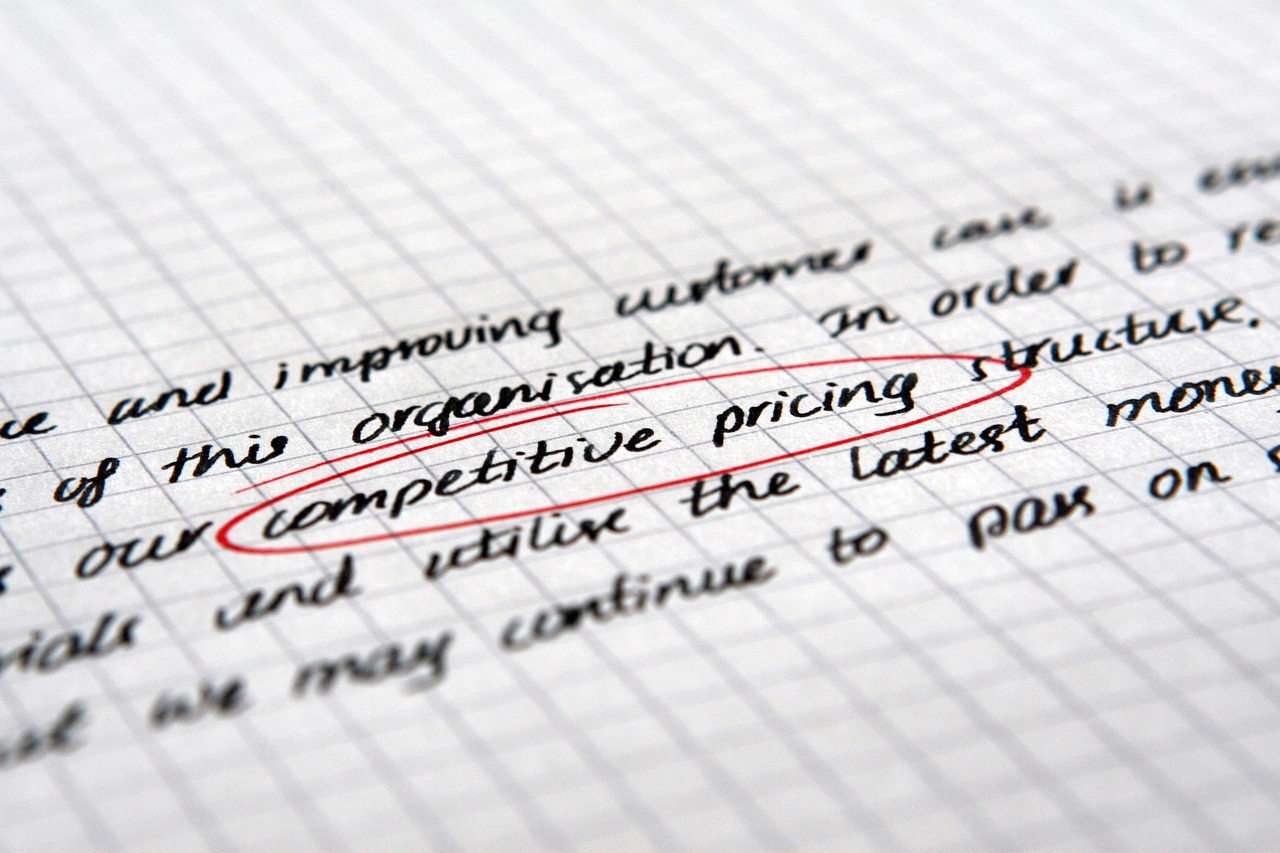
Pricing Your Home to Sell: Tips for Choosing the Right Listing Price
Setting the right price for your home is one of the most important steps in the selling process. Price it too high, and you risk scaring off buyers and sitting on the market for too long. Price it too low, and you might leave money on the table. Finding the perfect balance ensures your home sells quickly and for the best price possible. Here’s how to do it:
1. Understand Your Local Market
The real estate market is always changing, and it’s crucial to know whether you’re in a buyer’s market or a seller’s market:
- Buyer’s Market – More homes are for sale than there are buyers, meaning pricing must be competitive.
- Seller’s Market – Demand is high, and homes sell quickly, sometimes above the asking price.
- Balanced Market – Supply and demand are even, making strategic pricing essential.
Research recent sales in your area to understand market conditions before setting your price.
2. Look at Comparable Sales (“Comps”)
A Comparative Market Analysis (CMA) is a report that looks at recently sold homes in your area that are similar to yours in size, condition, and location.
- Compare homes that have sold in the last 3-6 months.
- Focus on homes with similar features, such as square footage, number of bedrooms, and lot size.
- Pay attention to price adjustments—if homes similar to yours had to drop their price before selling, it’s a sign you need to price competitively from the start.
3. Don’t Base the Price on Emotion
Your home is full of memories, but buyers won’t see it the same way you do. Pricing must be based on market data, not personal attachment. Overpricing due to emotional value can lead to:
- Fewer showings
- Buyers assuming something is wrong with the home
- Longer days on the market, which can make buyers think it’s undesirable
4. Consider Online Search Ranges
Most buyers start their search online, and they filter homes by price brackets (e.g., $250,000-$300,000). If your home is priced at $305,000, you might miss buyers searching under $300K. Pricing at key points (e.g., $299,900 instead of $305,000) can help increase visibility.
5. Don’t Overprice Expecting to Negotiate
Many sellers believe they should price high and leave room to negotiate, but this can backfire. Overpricing can:
- Drive away buyers who assume it’s out of their budget.
- Make comparable homes look like a better deal.
- Result in price reductions, which can make the home appear less desirable.
Instead, pricing it right from the start can create more interest and even multiple offers.
6. Be Open to Adjustments
If your home isn’t getting showings or offers within the first few weeks, it may be priced too high. Monitor market feedback and be prepared to adjust if needed.
7. Work With an Experienced Real Estate Professional
A real estate agent can help you:
- Analyze the market and determine the best price.
- Avoid overpricing or underpricing mistakes.
- Market your home effectively to attract the right buyers.
Final Thoughts
Pricing your home correctly from the beginning is key to a successful sale. A well-priced home attracts more buyers, reduces time on the market, and helps you maximize your profit. If you’re thinking about selling and want expert guidance on pricing, feel free to reach out—I’d love to help!

 Facebook
Facebook
 X
X
 Pinterest
Pinterest
 Copy Link
Copy Link
